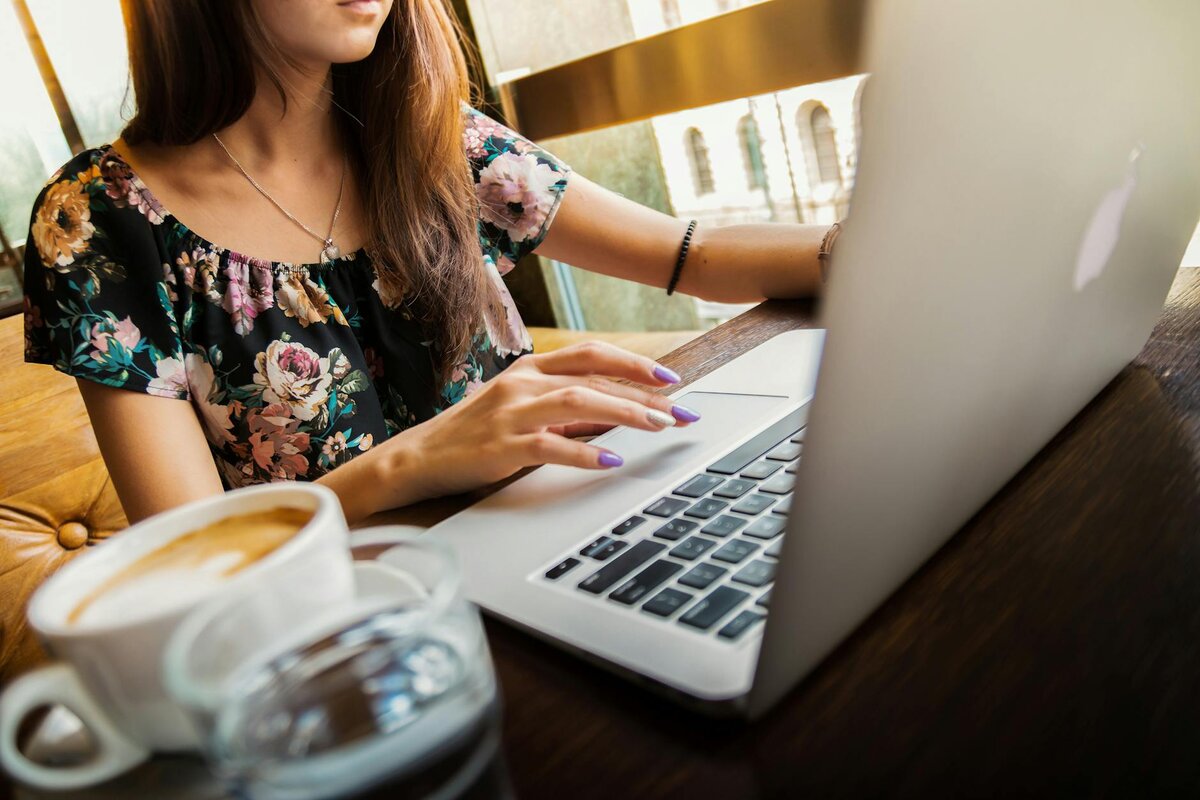Let's Dive in
Feel like you might be missing out on tax savings? It's not just you!If your business is VAT-registered, you could be claiming back VAT on everyday business costs: travel, software, tools, you name it.
The great news? Once you understand how reclaiming VAT works, it’s a simple habit that can seriously help your cash flow. Want to make the process even easier? The Pie Tax app takes care of the tricky bits like tracking, filing, and keeping your records tidy.
But if you're just here to get to grips with how to claim VAT back, let’s walk through it together!
Introduction to VAT Claims
New to VAT? You’re not alone. It's one of those taxes that sounds more complicated than it really is.
VAT (short for Value Added Tax) is a consumption tax added to most goods and services sold by VAT-registered businesses in the UK. If you’ve ever spotted a price with “plus VAT” next to it, that’s what we’re talking about.
Here’s the deal: if your business is VAT-registered, you charge VAT on your sales (this is called output VAT) and you can reclaim VAT on business purchases (input VAT). That could be anything from laptops to fuel costs. As long as it’s for work and you’ve got the right receipts.
Knowing how VAT works and what you can reclaim isn’t just about ticking boxes. It can actually save your business money and keep you on the right side of HMRC.
So if you’re just getting set up or need a refresher, let’s break it down in plain English!

What Does It Mean to Claim VAT Back?
If you’re VAT-registered, claiming VAT back just means getting a refund on the VAT you’ve paid for business stuff: like tools, office supplies, or even your phone bill (if it’s for work!). This is known as input VAT.
Here’s the deal: you charge VAT on sales (that’s output VAT or output tax), and you pay VAT on purchases (input VAT). When you file your VAT return, you simply subtract what you’ve paid from what you’ve charged. If the result’s negative, HMRC sends you a refund. If it’s positive, you pay the difference.
It’s one of the main benefits of registering for VAT, just make sure your purchases are genuinely for business and you’ve got proper VAT invoices to back them up!
Who Can Claim VAT Back?
Only VAT-registered businesses can claim VAT back, so if you're not registered, you're out of luck!
But once you are, it doesn’t matter whether you're a sole trader, limited company, or partnership, you can all reclaim VAT on eligible business expenses.
The key is that your business must be making taxable supplies. That means selling goods or services that have VAT applied, not ones that are exempt (like certain financial or education services).
Even if you’ve registered voluntarily and your turnover is under £90,000 but you still signed up, you can still reclaim VAT, as long as it’s for business use.
Just keep those valid VAT invoices and receipts tidy!

Calculating VAT
VAT might sound like a bit of a brain teaser at first, but once you get the hang of it, it’s actually pretty straightforward. The key thing to remember? You’re balancing what you charge (that’s your output VAT) with what you’ve paid on business expenses (that’s your input VAT).
Let’s say you’ve charged £1,000 in VAT to customers and paid £800 in VAT on supplies: your VAT bill to HMRC would be £200. If it’s the other way round (you’ve paid more than you’ve charged), you’ll get a refund. Nice, right?
Some parts need a closer look, like the fuel scale charge if you use your car for work. And when you’re claiming VAT on things like office supplies, utility bills, or software, make sure they’re for business use, and keep those receipts.
Trying to do all that in your head or on a scrap of paper? Bit of a headache. That’s where the Pie Tax app comes in. It tracks your expenses, helps you calculate what you owe (or can claim), and files your returns without the faff. It's like having a tax buddy in your pocket!
How to Claim VAT Back (Step-by-Step)
First things first, hang on to your VAT invoices and receipts. You’ll need those to prove what you’ve spent. No invoice, no reclaim!
Next, pop all your input VAT (what you’ve paid) into your accounting software, or a spreadsheet if that’s your thing. Just make sure it’s accurate and matches up with your records.
When it’s time to file your VAT return (usually every quarter), submit it through Making Tax Digital. That’s HMRC’s system for digital record keeping and online submissions.
Then, compare your input VAT to your output VAT (what you’ve charged). If you’ve paid more VAT than you collected, you’ll get a refund. If it’s the other way around, you’ll need to pay the difference.
If you’re on the Annual Accounting Scheme, you’ll only submit one return a year, but the process works the same!

What You Can’t Claim VAT On
There are a few things HMRC just won’t let you claim VAT back on, no matter how much you'd love to!
Top of the list? Business entertainment. Meals out, client events, or schmoozy evenings? Nope, that VAT stays put.
You also can’t reclaim VAT without a proper VAT receipt. A bank statement or till slip alone won’t cut it.
And if something’s for both business and personal use, like your mobile or fuel, you’ll need to split the cost properly. If you don’t, you can’t claim anything at all.
Finally, if you’re dealing with exempt supplies or disallowed items (like new cars for personal use), that VAT’s a no-go too. Always double-check before adding it to your claim!
Claiming VAT on Pre-Registration Purchases
Yep, you can actually claim VAT on stuff you bought before registering, if you follow the rules!
For goods (like a laptop or tools), you’ve got up to 4 years to claim, as long as you’re still using them in the business. For services (like a website build or accounting help), the window’s tighter: just 6 months.
You’ll need valid VAT invoices, and the items must have been bought for business use. So don’t chuck those receipts in the bin!
If they meet the criteria, they could still earn you a tidy VAT refund once you’re registered.

Common Mistakes to Avoid
Claiming VAT back isn’t rocket science, but there are a few common mistakes that can trip you up.
One of the biggest? Not keeping your receipts. If you don’t have a valid VAT invoice (digital or paper), HMRC won’t let you claim. Simple as that.
Another one people miss is trying to claim VAT on things that are either exempt or for personal use. That company lunch might feel business-related, but if it’s entertainment or has no business purpose, it’s not claimable.
Then there’s using the wrong VAT rate. It’s easy to assume everything is charged at 20%, but some goods and services are 5% or zero-rated, so always check before you do the maths. And don’t forget about your filing deadlines! If you submit your VAT return late, you could face penalties or miss out on a refund you’re owed.
The best way to avoid all of this? Keep clear records, double-check what you’re claiming, and get into a good routine with your returns. It saves you stress, and potentially, a whole lot of money!
Final Thoughts
Reclaiming VAT doesn’t need to be complicated, especially if you’ve got the right tools and habits in place!
From saving receipts to knowing what qualifies, just a little organisation goes a long way in keeping your business HMRC-ready (and putting more money back in your pocket).
Want an easier way to stay on top of VAT? The Pie Tax app helps you track expenses, submit returns, and claim back what you’re owed, without the stress.

Take the Stress Out of VAT with Pie Tax
VAT doesn’t need to be a juggling act. The Pie Tax app makes managing it simple! Track what you spend, file your returns, and stay organised without the usual spreadsheets and headaches.
It’s designed for small businesses and sole traders who want to stay on top of things without spending hours figuring out the numbers.
Need a reminder when your return’s due? Sorted. Want help logging your invoices properly? That’s built in too.
Keep your VAT in check without overthinking it. Get started with Pie Tax.




